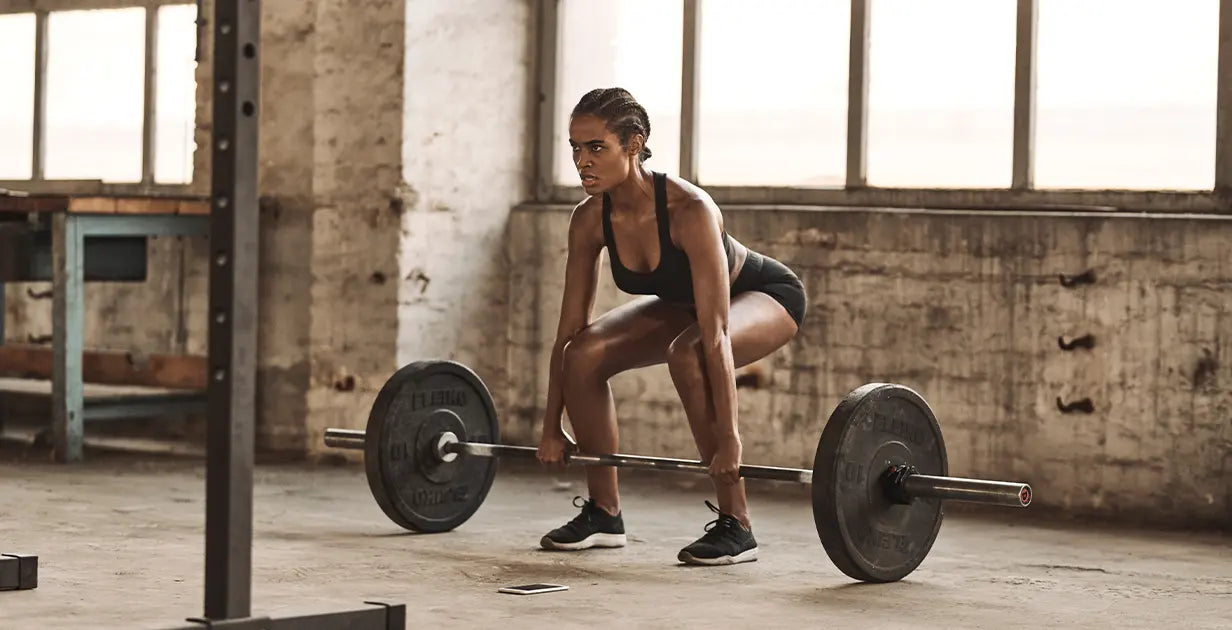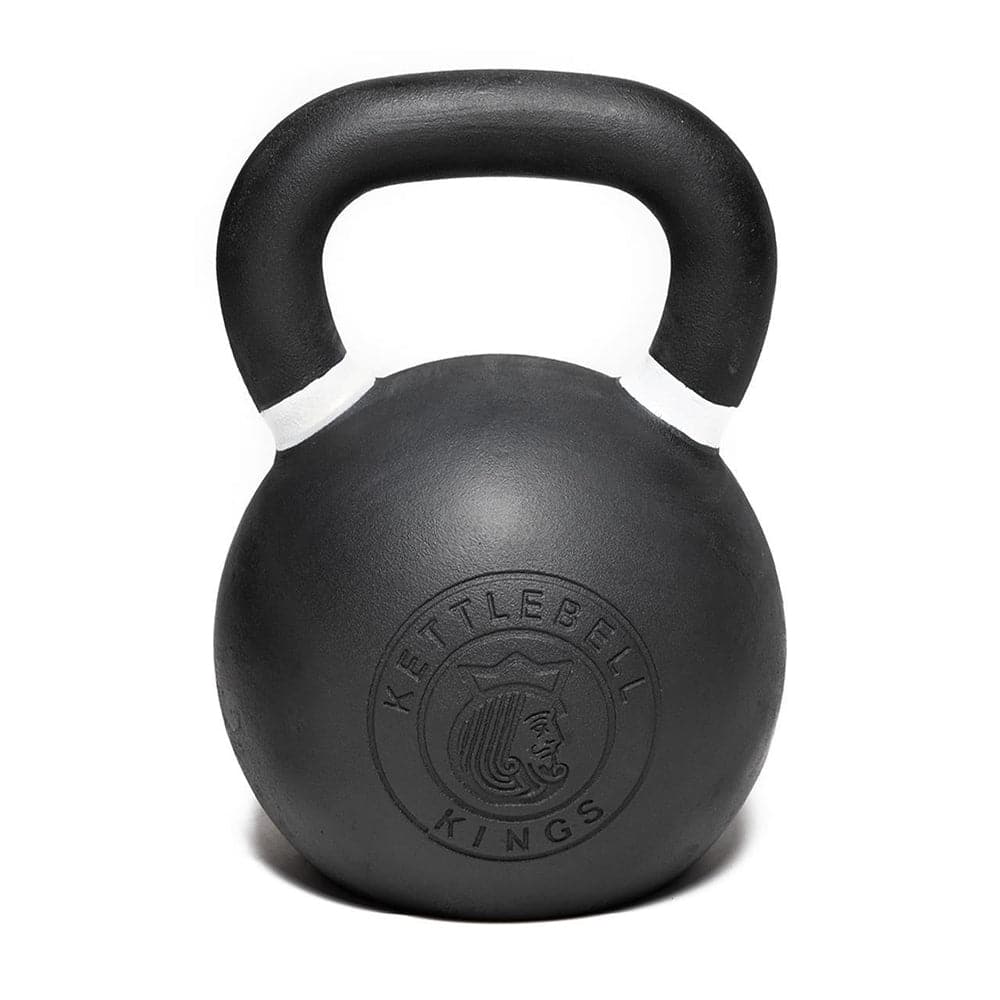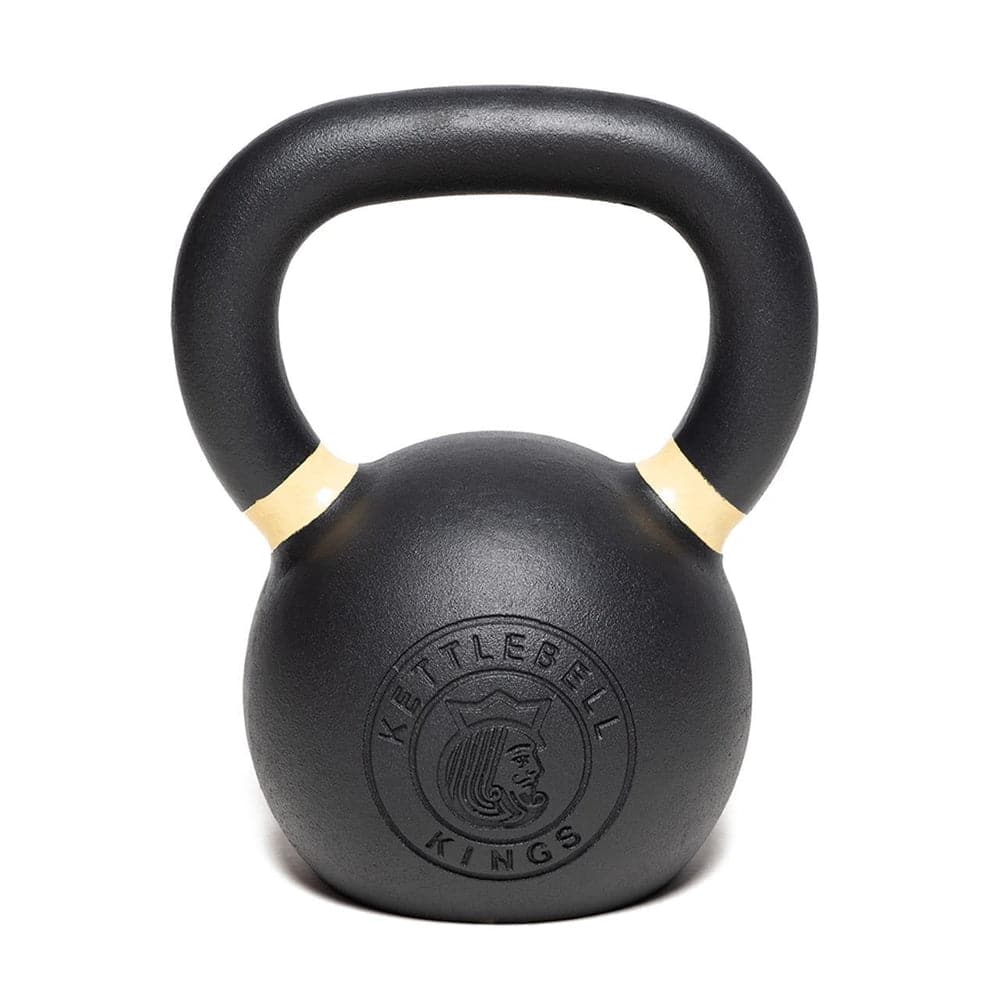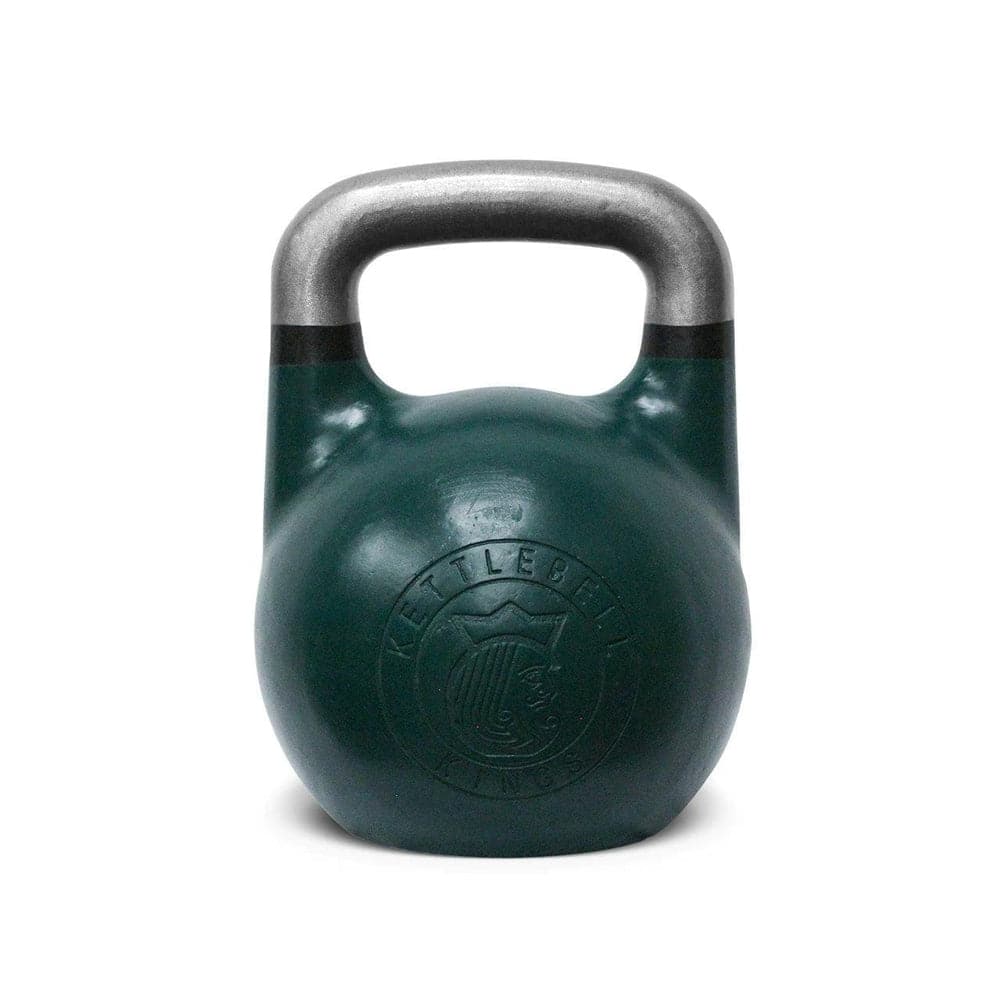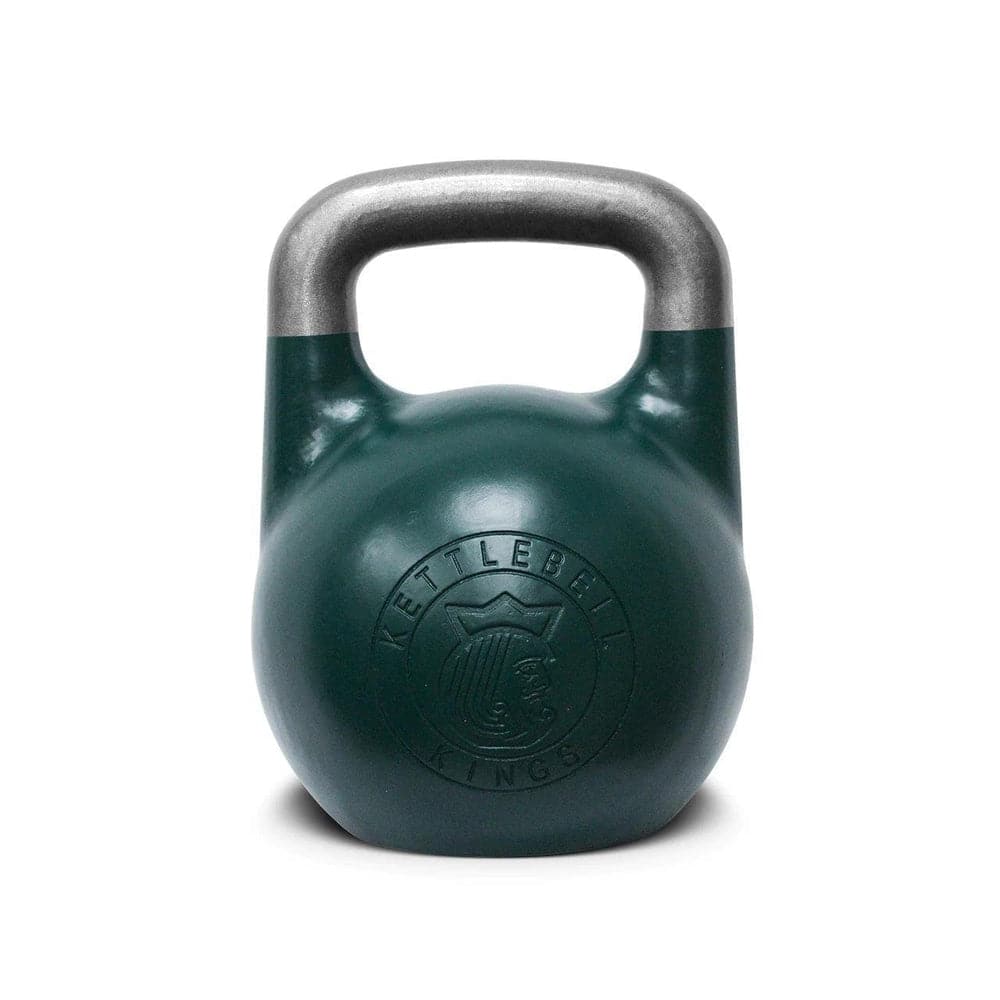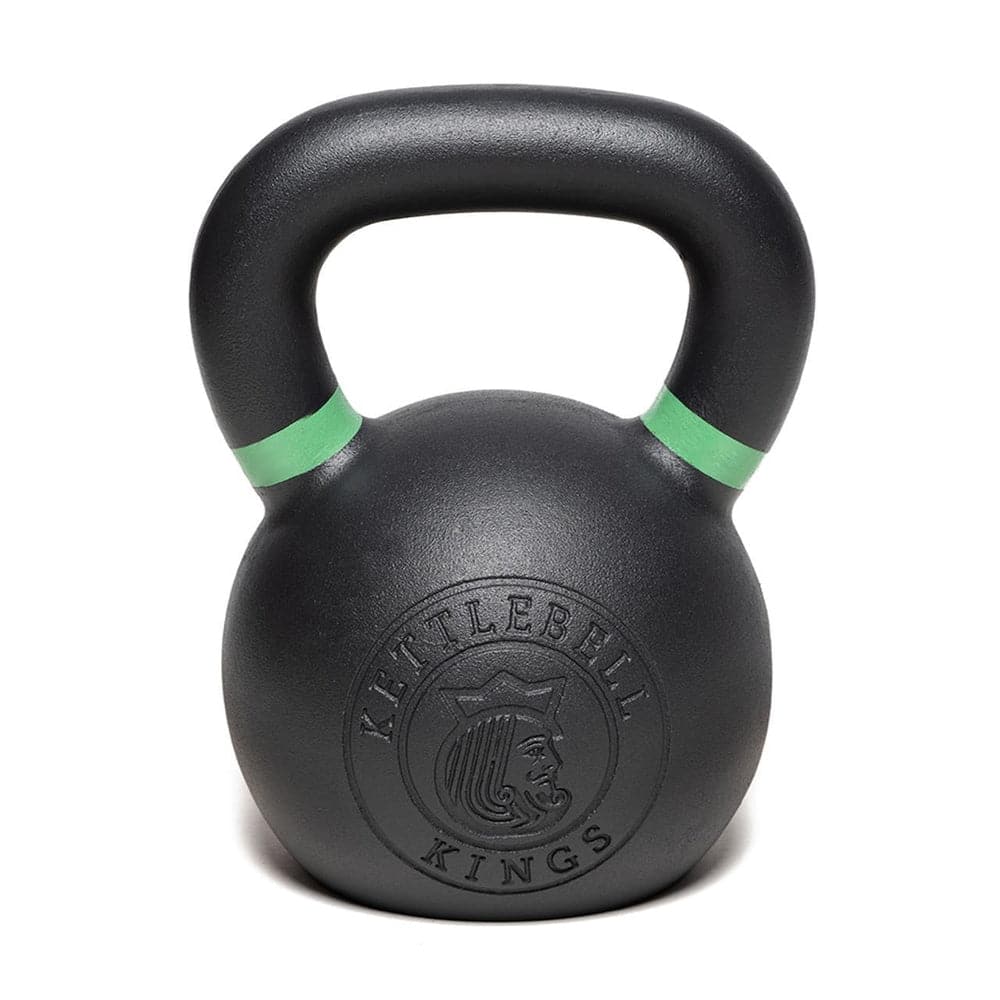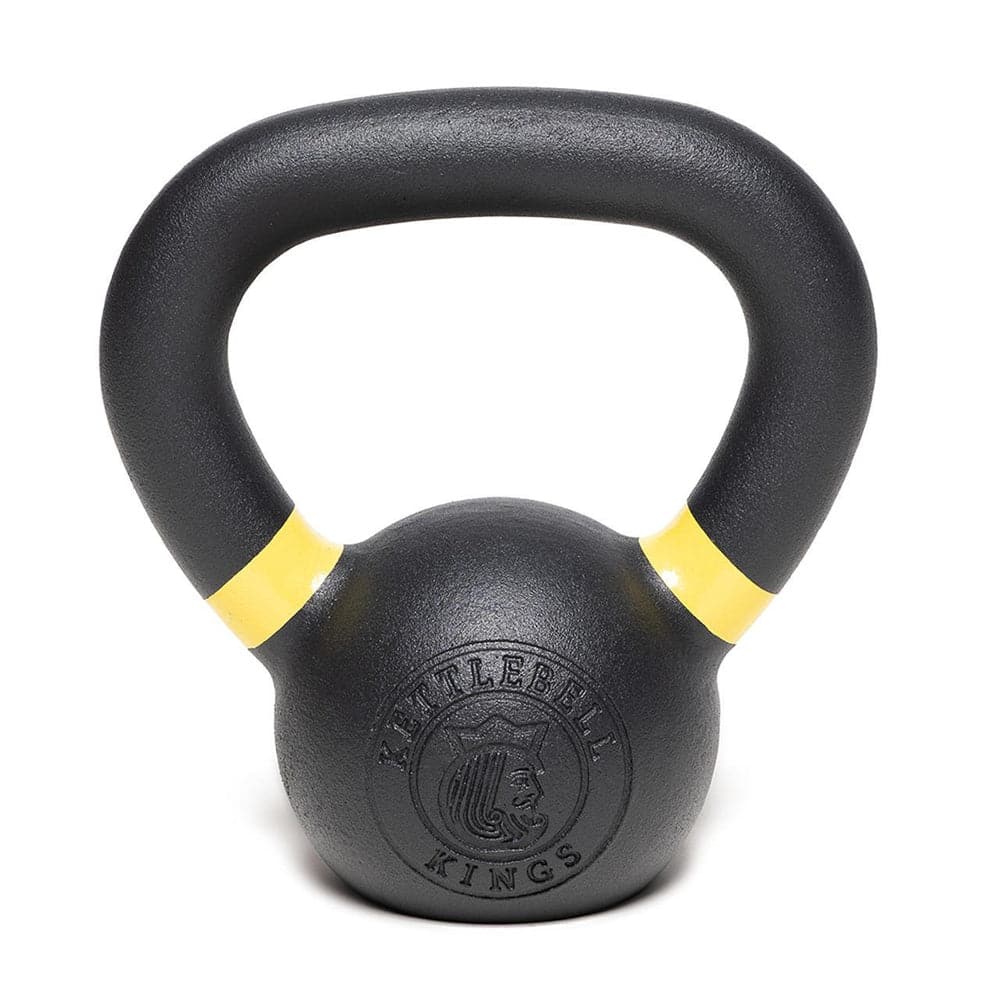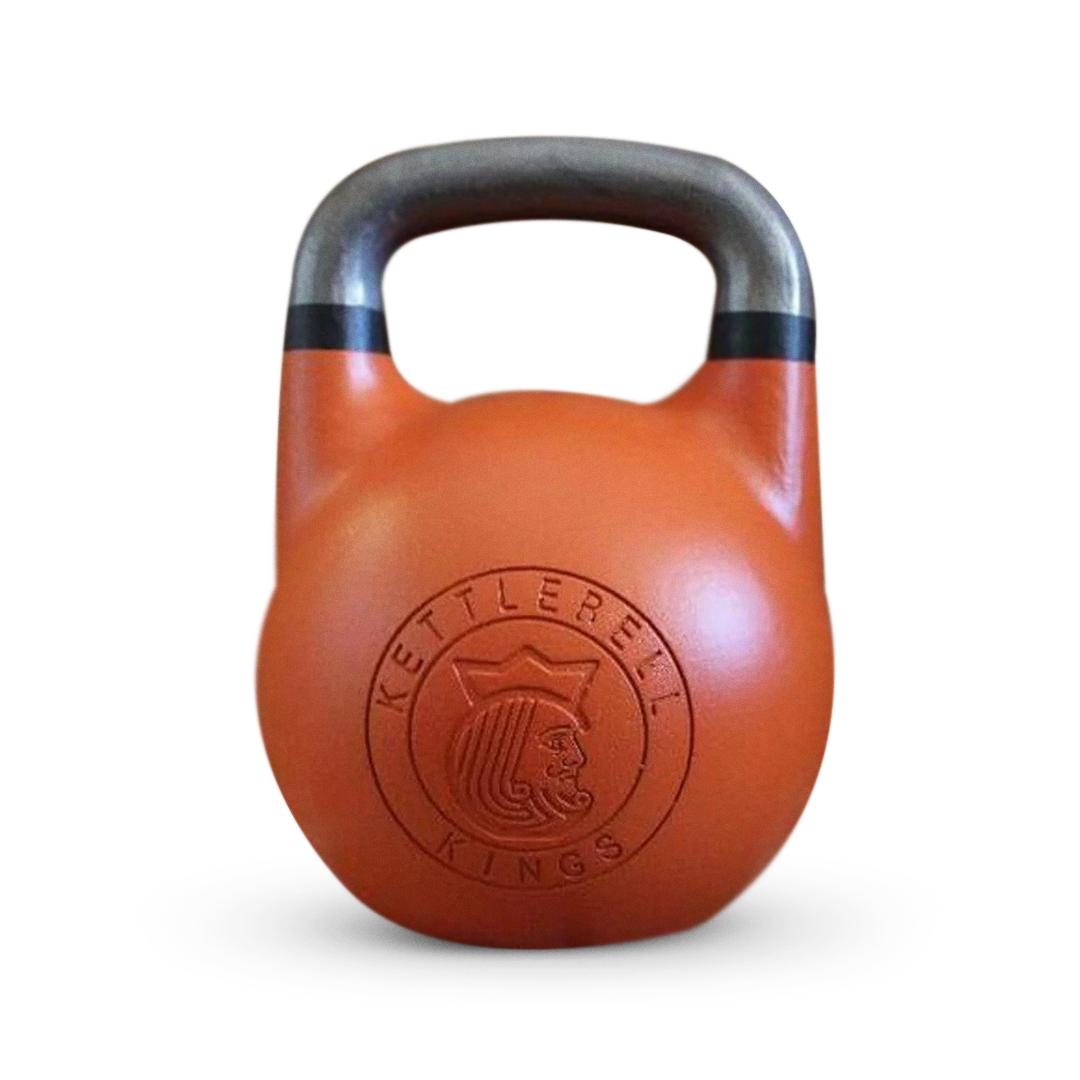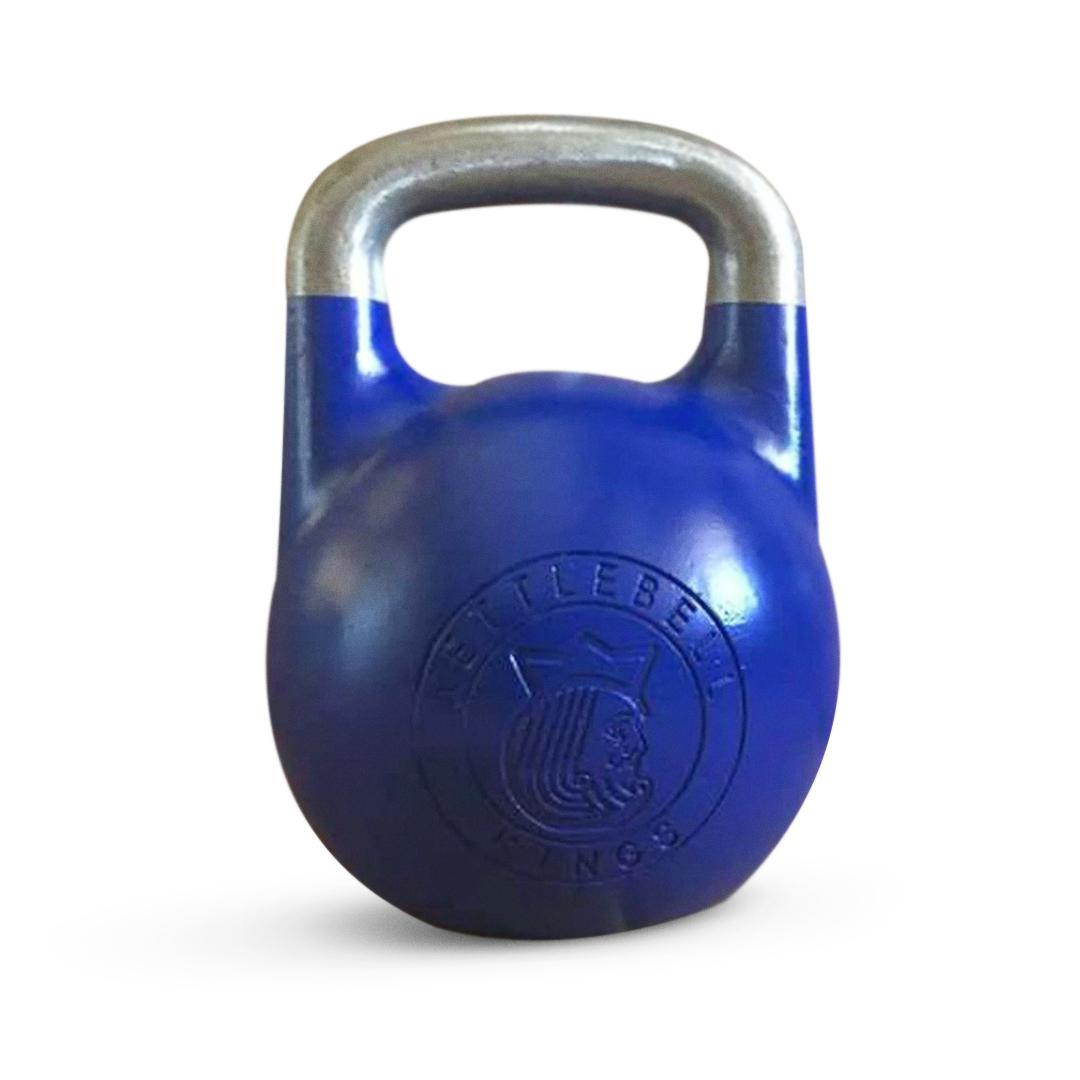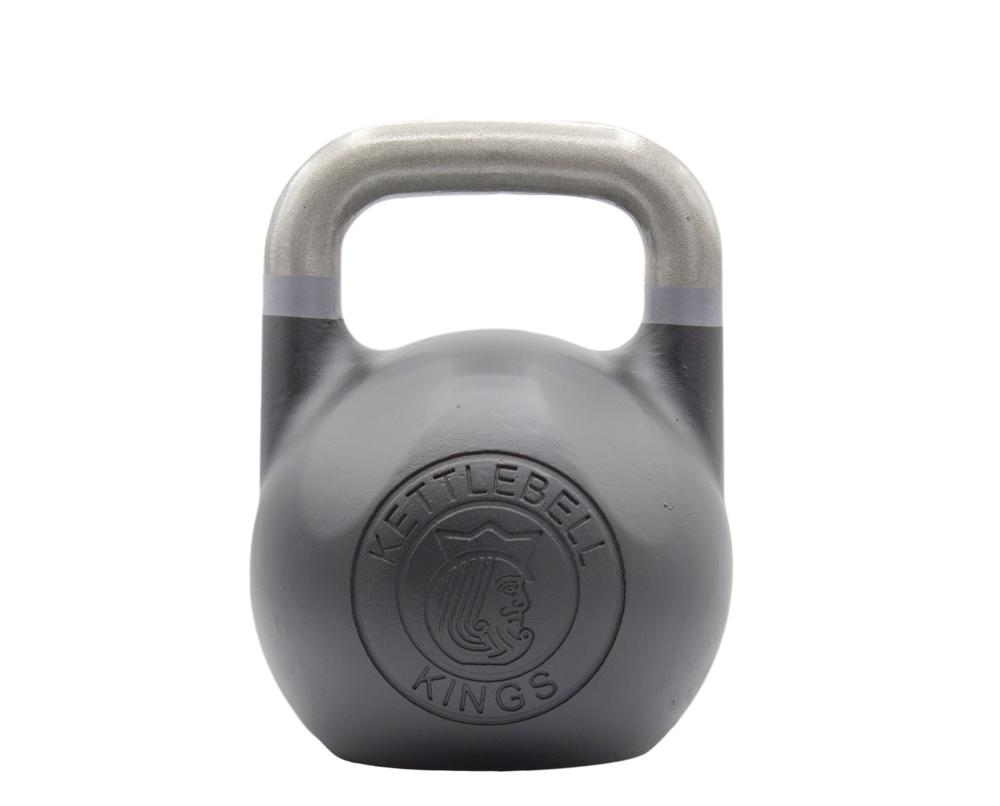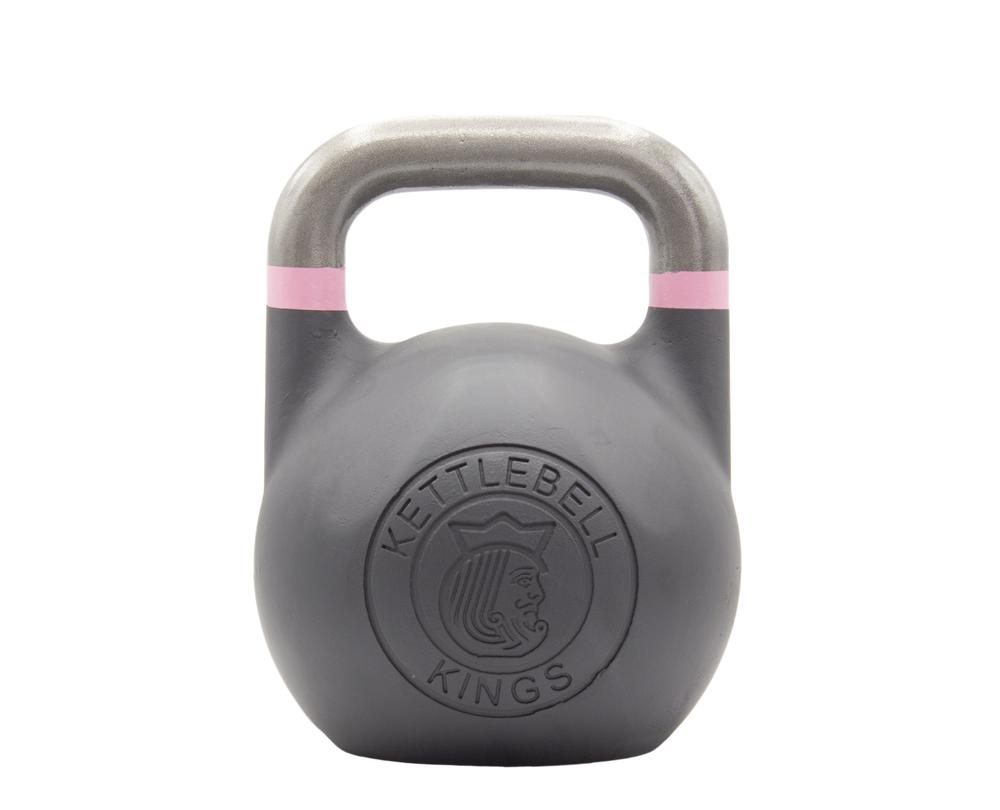For many beginners, stepping into barbell training can feel like entering uncharted territory. The allure of building strength, sculpting muscles, and transforming one's physique is undeniable. Still, the prospect of navigating through the vast array of equipment and techniques can be daunting. However, fear not, for embarking on a barbell training journey holds the promise of physical transformation and newfound confidence and resilience. This is not just a workout, it's a transformative journey that will reshape your body and your mindset.
In this comprehensive guide, we embark on a journey to demystify barbell training for beginners. We'll navigate through the intricacies of proper form, explore the science behind muscle growth, and unveil the secrets to designing effective workout routines. Whether you're a novice lifter eager to sculpt your ideal physique or simply seeking to enhance your overall fitness, this guide is your roadmap to success.
Join us as we delve deep into the world of barbell training, unraveling its mysteries and unlocking its vast potential. With the proper guidance, knowledge, and determination, you'll soon discover that barbell training isn't just a workout regimen—it's a transformative journey toward strength, vitality, and self-discovery.
Safety Precautions
Before diving into barbell training, it's crucial to prioritize safety. Begin each session with a dynamic warm-up to prepare your muscles and joints for movement. Pay close attention to proper form during exercises, focusing on maintaining a neutral spine when it is necessary, engaging your core, and using controlled movements. Start with lighter weights to master the technique before gradually increasing intensity. Also listen to your body and avoid pushing yourself too hard, especially if you're feeling fatigued or experiencing pain. Remember, safety is the foundation of your training, ensuring you can push your limits with confidence.
Before beginning barbell training, prioritize safety with these critical precautions:
- Start with a dynamic warm-up to prepare muscles and increase blood flow.
- Maintain proper technique, keeping your spine neutral and core engaged.
- Begin with lighter weights to perfect form before progressing.
- Address discomfort or fatigue promptly to avoid injury.
- Maintain hydration and eat balanced meals to support performance and recovery.
- Ensure equipment is in good condition and only lift what it can handle.
Follow these precautions to minimize the risk of injury and build a strong foundation for progress in barbell training.
Choosing the Right Equipment

Selecting the appropriate barbell equipment is crucial for a safe and effective training experience. Here's what to consider:
Olympic Barbell
Invest in a standard Olympic barbell suited to your strength level. Look for a comfortable grip and durable construction to withstand heavy loads. Consider the barbell's length and diameter, as well as the weight capacity, to ensure it meets your training needs.
Power Rack or Squat Rack
Consider investing in a power or squat rack for added safety and stability. These pieces of equipment provide a secure framework for exercises like squats and bench presses, allowing you to lift heavier weights confidently. Look for racks with adjustable safety bars and spotter arms to accommodate various exercises and user heights.
Footwear
Choose proper footwear with good traction to provide stability and support during lifts. Opt for flat-soled or weightlifting shoes with a sturdy base to help you maintain balance and grip the floor effectively. Avoid wearing running shoes or shoes with excessive cushioning, as they can compromise your stability and form.
Weight Plates
Ensure you have a set of weight plates in varying sizes to allow for progressive overload as you advance in your training. Start with lighter weights and gradually increase the load to challenge your muscles and stimulate growth. Look for bumper plates made of durable materials like rubber or urethane to protect your floors and barbells from damage.
Bench
A sturdy weight bench is essential for exercises, such as a bench and seated shoulder presses. Look for one with adjustable settings to accommodate different exercises and body types. Consider features like padded cushions, leg attachments, and backrest angles to ensure comfort and versatility during workouts.
Safety Clips
Use safety clips or collars to secure the weight plates on the barbell, preventing them from sliding off during lifts and reducing the risk of injury. Choose clips that are easy to use and compatible with your barbell's diameter to ensure a secure fit. Always double-check that the clips are correctly tightened before starting your lifts.
By carefully selecting the right equipment and implementing effective storage solutions, you can create a safe, efficient, and motivating environment for barbell training. Whether you're a beginner or an experienced lifter, investing in quality equipment will enhance your training experience and help you achieve your fitness goals more effectively.
Barbell Exercises for Beginners

Image source:verywellfit.com
Barbell training typically involves compound exercises that engage multiple muscle groups simultaneously. Some essential barbell exercises for beginners include:
Squats
Squats are a cornerstone of any barbell training routine. They target the lower body muscles, including the quadriceps, hamstrings, and glutes. They're essential for building lower body strength and functional fitness.
How to do it
- Start by standing with your feet shoulder-width apart and the barbell resting across your upper back.
- Lower your body by bending your knees and hips, keeping your back straight and chest up until your thighs parallel the ground. Then, push through your heels to return to the starting position.
Deadlifts
Deadlifts are a fundamental barbell exercise that primarily targets the posterior chain muscles, including the hamstrings, glutes, and lower back. They're essential for building overall strength and functional fitness.
How to do it
- Begin with the barbell on the ground, positioned over the middle of your feet. Bend at your hips and knees to lower your body and grip the barbell with an overhand grip.
- Keep your back straight and chest up, drive through your heels, and extend your hips and knees to lift the barbell off the ground, standing up fully. Then, reverse the movement to lower the barbell back to the ground with control.
Bench Press
The bench press is a classic upper body exercise that targets the chest, shoulders, and triceps. It's an essential movement for building upper body strength and muscle mass.
How to do it
- Lie flat on a bench with your feet planted firmly on the ground and the barbell above your chest, gripping it with an overhand grip slightly wider than shoulder-width apart.
- Bend your elbows, keeping them close to your body, and lower the barbell to your chest. Pause briefly at the bottom, then press the barbell back up to the starting position by extending your arms fully.
Rows
Rows are excellent for targeting the upper back and lats, helping to improve posture and upper body strength. They're crucial for balancing out pushing movements like bench presses.
How to do it
- Begin by standing with your feet shoulder-width apart and the barbell in front of you on the ground. Bend at your hips and knees to grip the barbell with an overhand grip slightly wider than shoulder-width apart.
- Keeping your back straight and chest up, pull the barbell towards your lower chest by bending your elbows and retracting your shoulder blades. Pause at the movement's top, then lower the barbell back to the starting position with control.
Overhead Press
The overhead press targets the shoulders and triceps, promoting shoulder stability and upper body strength. It's a foundational exercise for developing upper body pushing strength.
How to do it
- Start by standing with your feet hip-width apart and the barbell resting on your upper chest, gripping it with an overhand grip slightly wider than shoulder-width apart.
- Press the barbell overhead by extending your arms, keeping your core engaged, and avoiding arching your lower back. Once the barbell is fully extended overhead, lower it back down to the starting position with control.
By mastering these essential barbell exercises, beginners can lay a solid foundation for strength, muscle growth, and overall fitness. Remember to start with light weights and focus on proper form to maximize the effectiveness of each movement while minimizing the risk of injury.
Technique Tips
Proper technique is paramount in barbell training, especially for beginners. Here are some essential tips to ensure you're performing exercises safely and effectively:
- Grip: Grab the barbell firmly, ensuring your grip is even and secure. An overhand grip (palms facing away from you) or a mixed grip (one palm facing away, one facing towards you) is recommended for most exercises. Experiment with different grip widths to find what feels most comfortable and stable.
- Stance: Your stance is crucial in maintaining balance and stability during exercises. For squats and deadlifts, stand with your feet shoulder-width apart or slightly wider, with your toes pointed slightly outward. Keep your weight evenly distributed across your feet throughout the movement.
- Breathing and proper breathing techniques can help stabilize your core and improve your performance. Inhale deeply before initiating the movement, then exhale forcefully as you exert effort during the lifting phase. Remember to maintain a consistent breathing pattern throughout each repetition, and never hold your breath.
- Spine Alignment:
- Maintain a neutral spine position throughout each exercise to minimize the risk of injury and ensure proper muscle engagement.
- Beginner lifters should avoid excessive rounding or arching of the back, which can strain the spine and surrounding muscles.
- Keep your chest up, shoulders back, and core engaged to support your spine and maintain proper alignment.
Controlled Movements: Focus on maintaining the weight throughout the entire range of motion during each exercise's lifting and lowering phases. Avoid using momentum to swing or jerk the weight, which can compromise your form and increase the risk of injury. Instead, move deliberately and with control, feeling the muscles engage throughout the movement.
By prioritizing proper technique and focusing on these critical elements, you can perform barbell exercises safely and effectively, maximizing your results while minimizing the risk of injury. As you gain experience and confidence, refine your technique and challenge yourself with progressively heavier weights.
Progression and Programming
Progression and programming play crucial roles in achieving long-term success and results for beginners embarking on a barbell training journey. Here's how to structure your training for optimal progress:
Master Proper Technique
- Before focusing on increasing weight, prioritize mastering the proper technique for each exercise. This foundation is essential for preventing injuries and maximizing muscle engagement. Start with lighter weights that allow you to perform each movement with strict form and control.
Gradually Increase Weight
- Once you've established a solid foundation of technique, gradually increase the weight you lift over time. Aim for small weight increments, such as adding 2.5-5 pounds to the barbell each week, rather than making large jumps that could compromise your form. This gradual progression allows your muscles to adapt and grow stronger while minimizing the risk of injury.
Adjust Repetitions and Sets
- Beginners should start with higher repetitions and lighter weights to build endurance and muscle memory. Begin with 3-4 sets of 8-12 repetitions for each exercise, focusing on maintaining proper form throughout. As you become more comfortable with the movements, gradually decrease the number of repetitions while increasing the weight to stimulate muscle growth and strength gains.
Incorporate Progressive Overload
- Progressive overload is a fundamental principle of strength training that involves gradually increasing the demands on your muscles over time. You can achieve this by lifting slightly heavier weights, performing additional repetitions, or reducing rest time between sets. Aim to challenge yourself during each workout while maintaining proper form and technique.
Listen to Your Body
- Pay attention to how your body responds to each training session and adjust your programming accordingly. Experience persistent fatigue, soreness, or discomfort. It may be a sign that you must dial back the intensity or volume of your workouts. Remember that rest and recovery are essential for muscle growth and overall progress.
By implementing these principles of progression and programming into your barbell training routine, you can steadily improve your strength, muscle mass, and overall fitness levels over time. Be patient, stay consistent, and celebrate your achievements as you work towards your fitness goals.
Common Mistakes to Avoid
While barbell training offers numerous benefits, beginners may encounter common pitfalls that hinder their progress and increase the risk of injury. Here are some mistakes to watch out for and how to avoid them:
- Improper Form: One of the beginners' most significant mistakes is sacrificing form for heavier weights. Performing exercises with improper technique reduces their effectiveness and increases the risk of injury. Focus on maintaining proper form throughout each movement, including a neutral spine, engaged core, and controlled range of motion. If you need clarification on your form, consider working with a qualified trainer or seeking guidance from instructional videos.
- Lifting Too Heavy: It's tempting to lift heavy weights right from the start, but doing so can lead to muscle strain, joint stress, and severe injuries. Start with lighter weights that allow you to perform each exercise with proper form and control. As you gradually build strength and confidence, you can incrementally increase the weight while maintaining strict technique.
- Neglecting Warm-Up and Cooldown Skipping warm-up and cooldown routines is a common mistake that can compromise performance and increase the risk of injury. Before starting your barbell workout, spend 5-10 minutes performing dynamic warm-up exercises to increase blood flow, improve flexibility, and prepare your muscles and joints for the upcoming activity. Similarly, conclude your workout with 5-10 minutes of static stretching and foam rolling to aid in recovery and reduce muscle soreness.
- Overtraining: Beginners may fall into the trap of overtraining by pushing themselves too hard or training too frequently. Remember that rest and recovery are essential components of any effective training program. Allow your muscles adequate time to recover between workouts, aim for 1-2 days of rest per week (depending on the intensity of the workouts), and listen to your body's signals. Suppose you're experiencing excessive fatigue, soreness, or lack of progress. In that case, it may be a sign that you need to scale back your training intensity or volume.
- Ignoring Feedback: Pay attention to your body's signals and adjust your training accordingly. Suppose you experience pain, discomfort, or persistent fatigue during or after a workout. In that case, addressing the issue is essential rather than pushing through it. Listen to your body's feedback, modify your training as needed, and seek guidance from a healthcare professional if you're unsure about any discomfort or pain you're experiencing.
By avoiding these common mistakes and prioritizing proper technique, gradual progression, and adequate recovery, you can maximize the benefits of barbell training while minimizing the risk of injury. Stay patient, stay consistent, and remember that progress takes time.
Overcoming Challenges
Starting a new fitness journey, especially one involving barbell training, can come with challenges. Muscle soreness, lack of confidence, and feeling intimidated in the gym are common obstacles beginners face. However, it's essential to remember that these challenges are temporary and can be overcome with time and perseverance. Instead of focusing on the difficulties, concentrate on your goals and the progress you've made. Celebrate small victories, whether completing a challenging set or improving your technique. Additionally, don't hesitate to seek support from fellow gym-goers, trainers, or online communities. Remember, everyone starts somewhere, and with dedication and determination, you can conquer any challenge that comes your way on your barbell training journey.
Motivation and Goal Setting
Maintaining motivation is crucial for sustaining progress in your barbell training journey. Setting clear, achievable fitness goals can provide direction and purpose to your workouts. Whether your goal is to increase strength, build muscle, or enhance overall fitness, it's essential to establish realistic targets that align with your abilities and aspirations. Break down your long-term goals into smaller milestones, allowing you to track your progress more effectively. Celebrate each achievement, no matter how small, as it signifies progress and reinforces your commitment to your fitness journey. Find sources of inspiration, whether through workout partners, fitness communities, or personal achievements, to keep your motivation levels high. Setting goals and staying motivated will make you more likely to remain consistent and dedicated to your barbell training routine.
Seeking Professional Guidance
For beginners embarking on their barbell training journey, seeking professional guidance can be invaluable. Enlisting the expertise of a certified personal trainer, particularly in the initial stages, offers numerous benefits. A skilled trainer can assess your fitness level, identify weaknesses or imbalances, and develop a customized training plan tailored to your specific goals and needs. With their guidance, you'll learn proper form and technique, reducing the risk of injury and ensuring optimal progress. Additionally, a trainer can provide ongoing support, motivation, and accountability, helping you stay on track and maximize your results. Investing in professional guidance can significantly enhance your barbell training experience and set you up for long-term success.
Conclusion
Embarking on a barbell training journey as a beginner may seem daunting initially. Still, it can be a gratifying experience with the right approach and mindset. Throughout this comprehensive guide, we've explored the fundamentals of barbell training, from safety precautions to technique tips, progression strategies, common mistakes to avoid, and overcoming challenges. By following these guidelines and incorporating barbell exercises into your fitness routine, you'll build strength and muscle and develop confidence, resilience, and a newfound sense of empowerment.
Remember, proper technique, gradual progression, and consistency are crucial to success in barbell training. Start with loads appropriate to the movement and skill level, focus on mastering proper form, and gradually increase intensity as you become more comfortable with the exercises. Listen to your body, prioritize rest and recovery, and don't hesitate to seek professional guidance or support from fellow lifters when needed. Barbell training is more than a workout regimen—it's a transformative journey toward strength, vitality, and self-discovery. Embrace the challenge, celebrate your progress, and enjoy the countless benefits of building a stronger, healthier body. With dedication, perseverance, and a willingness to push beyond your limits, you'll unlock your full potential and achieve remarkable results in your barbell training journey.









